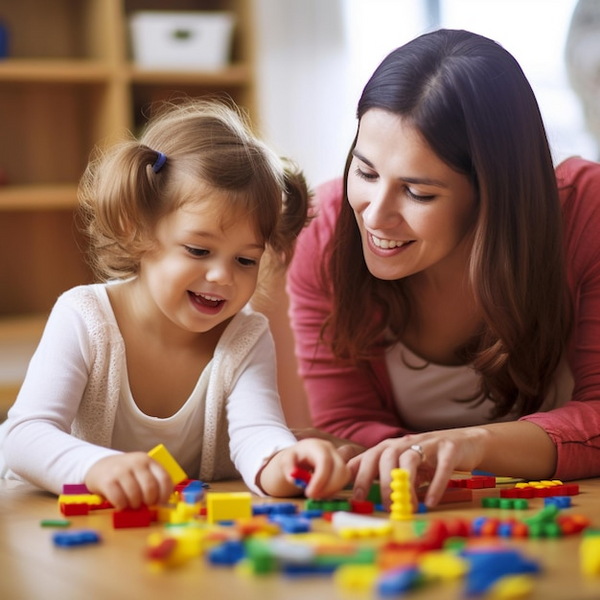The No-Nag Chore Chart
Erin Burt

Full disclosure: I am a mom of three girls, and my oldest is 6. I am fully aware that I am only mutton-bustin’ when it comes to this parenting thing. I haven’t had to get on the big one and ride for eight seconds yet.
That said, three is enough to gang up on you entirely. They can be a huge help and also a whirlwind of disaster that spins through the house, leaving devastation in its wake. There are days when I feel like there simply isn’t enough of me to meet all the needs and stay sane, even with all the patience I have had to learn over the years.
Because my kids are small, any help I get is a bonus. Even if they had legitimate chores, they wouldn’t be done to my expectations, and there would be a lot of clean up still to do. The help I do get isn’t worth arguing, fighting or nagging over—that is more exhausting than the actual cleaning. So I came up with this. It won’t work for everyone, but it’s an idea I hadn’t seen before, and it’s actually working at our house.
It’s pretty simple. There’s no printable, no calendars, no boxes to check, no lists to make. Just draw a grid and slap your child’s name on it. Then decide on a reward that’s mutually agreeable, and let them earn it. You can reward physical work, kindness, patience, self-restraint, or any value you feel needs to be emphasized or rewarded right now.
Right now, my six-year old has to do 21 chores to earn a trip to pick out a toy under $20. The three year old has to complete 14. The rules are that they must think of the chore and do it themselves. There is no time frame. If I have to ask them to do something, like clean a room, make a bed, pick up after themselves, clear the table, then it doesn’t count. If I help the oldest, it doesn’t count. The younger two simply have to pitch in and help someone else. I don’t expect them to do chores totally on their own yet, but they have surprised me at times.
It takes time for them to catch on. I can’t tell you how many times I suggested my oldest think of a chore to do to earn a sticker and I was met with a passive, “Maybe later.” But then she realized how close she was and did seven chores in one day. I have already noticed the frequency of help increasing with my oldest, and that momentum can be contagious.
As my kids grow, the idea grows with them. They may need to do two chores a day consistently; maybe I will pick a chore they must complete weekly for a month to get a reward. Maybe they will have to volunteer a certain number of times a month. The tasks should shift to helping others outside our home instead of just me.
My goals with the chore chart were to get help without fighting for it, because that was taking more out of me than the chores were. I wanted them to be proactive. I want my kids to shift their focus outward, and we all need help to do that. Building kindness and empathy in your child takes time and persistence. But when I see them help each other, care for each other, and love each other in a way my sibling and I never did, I begin to think that this may have effects that reach far beyond the state of my house.
Erin Burt is a freelance writer and mother of three girls. She lives and writes in Albany, Oregon.







